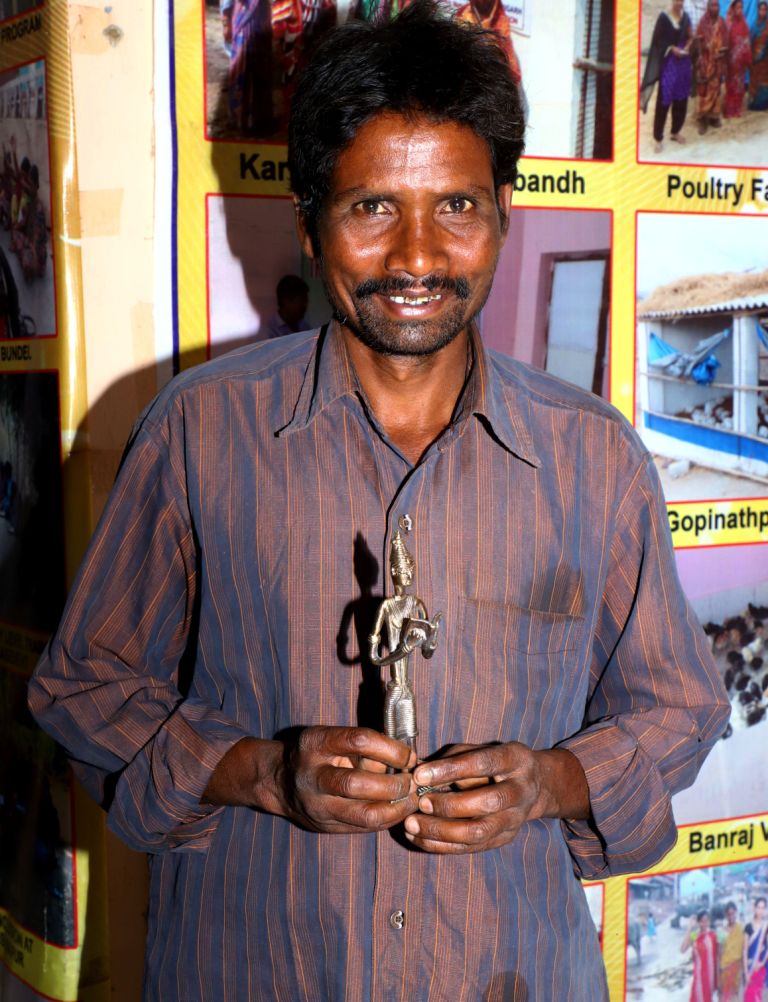Kalahandi: Butra Kansari, 38, long aspired to purchase a motorcycle since the time he saw one in Kerala where he worked as a wage labourer. Nobody in his native village ever owned a motorcycle.
A year back, it would have been impossible for the people of Kankeri village, a non-descript habitat situated in the remote parts of Kalahandi district in Odisha which is Butra’s home, to even dream of owning one.
But today, Butra actually owns one that he recently bought with the money he earned as a Dhokra artisan. He is the first person in the village to own a motorcycle. And Vedanta believes that this is first of many, many more.
Kankeri is one of the poorest villages of India. According to Census 2011, there are approximately 3,800 people living in this village. Cut off from any form of civilization and steeped in abject poverty, the villagers have originally depended on agriculture to meet their livelihood.
It was around this time that Vedanta Aluminium’s team, who was working with the community around the Lanjigarh plant for their development, came to learn of Dhokra art – an ancient technique of wax and metal casting that originated in Odisha and Bengal from the community of traditional metalsmiths called ‘Dhokra Damar’ – and of Kankeri village where the almost extinct craft holds on to a sliver of life.
In 2018, Vedanta started working full throttle. For, time was short and without any discernible, tangible benefit, their efforts risked losing interest among these people. First, the company got trainers from Mayurbhanj, Odisha, who have already made a mark and work regularly with the government.
At company’s expense, a trainer would put up training facility in the village for four months at a stretch, teaching the artisans daily, helping them develop their skill and hone it to a professional quality that would enable them to present their works in national forums and exhibitions. The company got them new tools necessary for artwork and also ensured there was no dearth of supply of essential raw materials like bee wax and brass.
As efforts started bearing fruit, Vedanta moved to the next strategy – help the artisan community create a raw material bank that would enable them to work seamlessly; open a Self Help Group bank account to provide adequate financial support; assist each of the 35 households to open a bank account where they can keep their hard-earned money and earn an interest on their deposit; organize an artisan’s card in collaboration with the Government of Odisha that would give the artisans of Kankeri village public recognition and also access to government-held exhibitions to participate, demonstrate and commercialise their works.
Today, the efforts have handsomely paid off as the artisan community is currently sitting on an order pipeline well over Rs. 70,000. Four to five artists have reached a professional level and are ready to take off independently. Two artisans have already received Rs. 50,000 each from the government’s Mudra loan scheme to bankroll their artwork.
